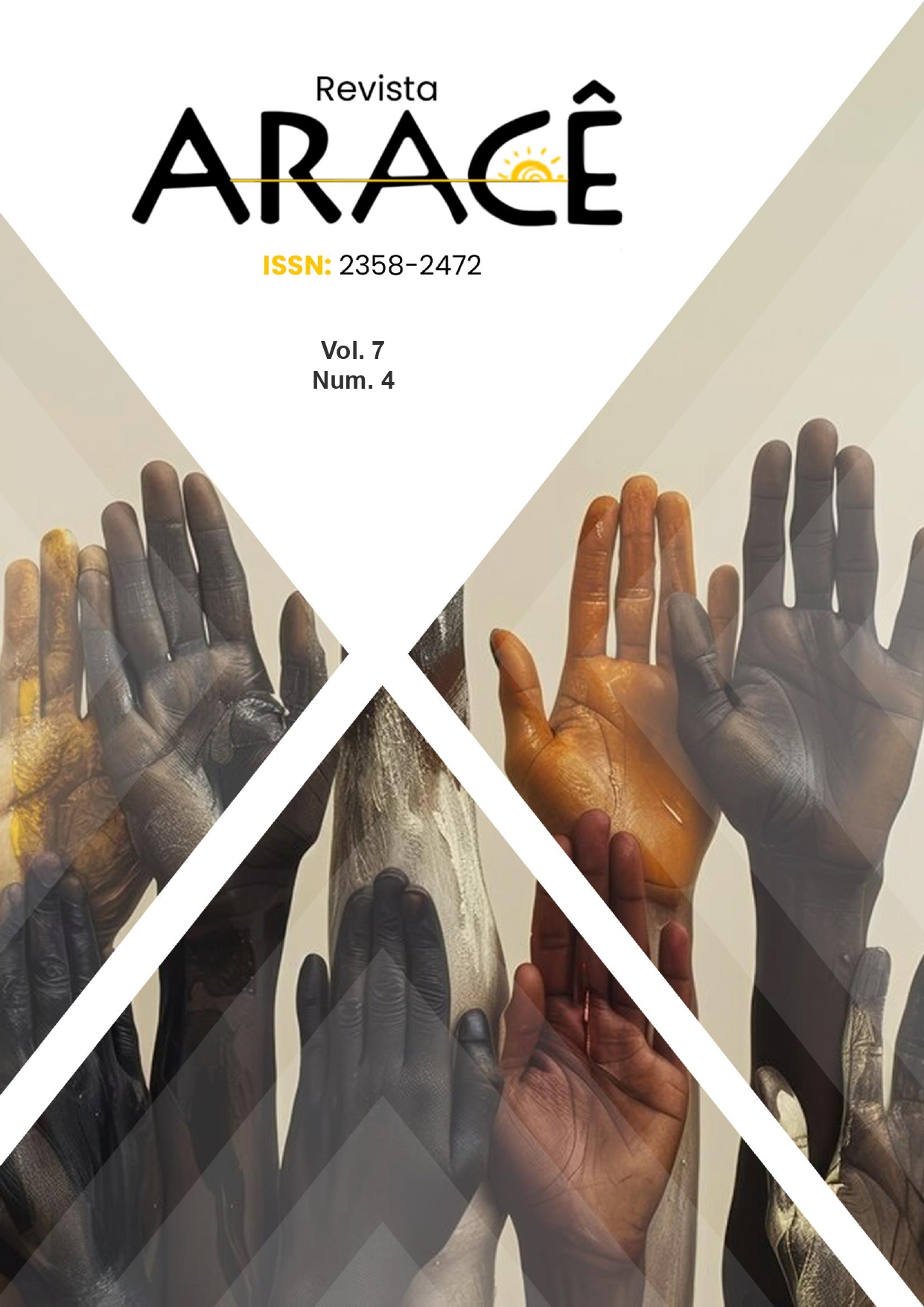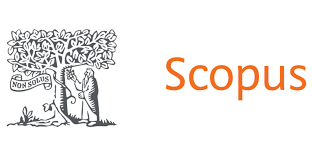OS DESAFIOS E BENEFÍCIOS DA CONVERGÊNCIA ÀS NORMAS INTERNACIONAIS DE CONTABILIDADE APLICADAS AO SETOR PÚBLICO (IPSAS) NO BRASIL
DOI:
https://doi.org/10.56238/arev7n4-054Palabras clave:
Contabilidade pública, Normas Internacionais de Contabilidade Aplicadas ao Setor Público (IPSAS), Transparência fiscal, Accountability, Harmonização contábilResumen
A convergência às Normas Internacionais de Contabilidade Aplicadas ao Setor Público (IPSAS) representa um dos avanços mais significativos na modernização da contabilidade pública brasileira. Esse processo visa aprimorar a transparência, a comparabilidade e a eficiência da gestão fiscal. No entanto, sua implementação ainda enfrenta desafios substanciais, incluindo barreiras estruturais, técnicas e culturais, exigindo esforços contínuos para garantir sua plena adoção. Este artigo tem como objetivo analisar os desafios e benefícios da convergência às IPSAS no Brasil. A pesquisa adota uma abordagem teórica, baseada em revisão bibliográfica sobre harmonização contábil no setor público, accountability e normas internacionais. Os principais desafios identificados incluem resistência cultural, necessidade de capacitação profissional, harmonização normativa e adaptação dos sistemas contábeis. Por outro lado, a convergência proporciona benefícios relevantes, como o aprimoramento da transparência e da prestação de contas, a melhoria da gestão fiscal e o fortalecimento da credibilidade do Brasil perante organismos internacionais. Conclui-se que, apesar das dificuldades, a adoção das IPSAS é um avanço essencial para a governança pública, sendo necessário investir continuamente em capacitação e tecnologia para maximizar seus benefícios.






